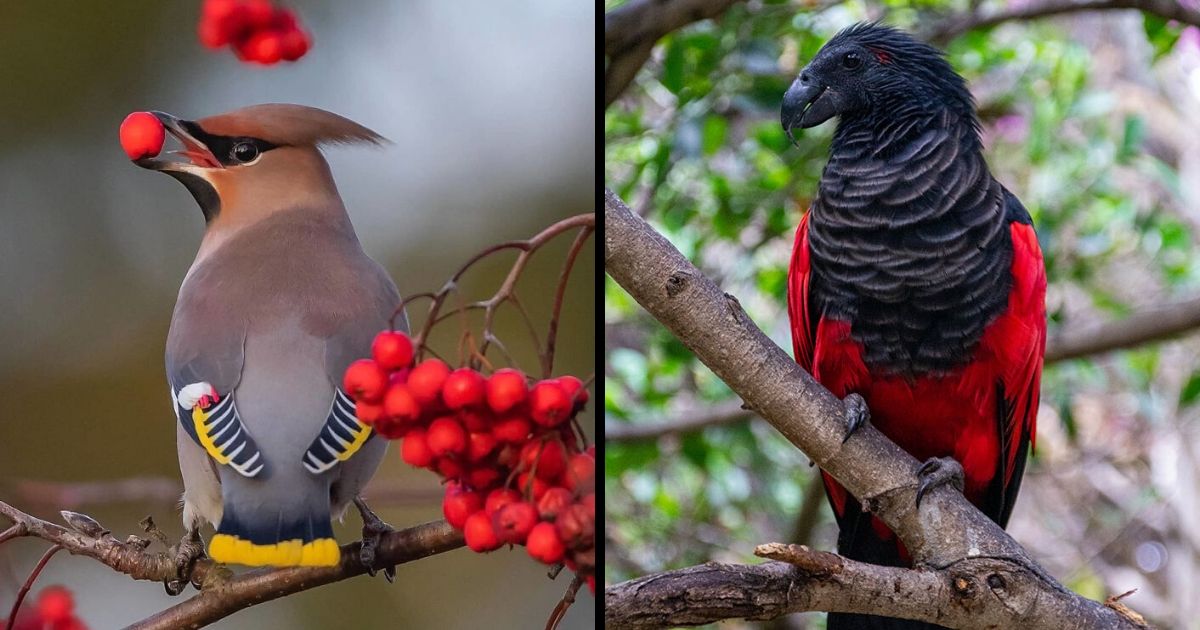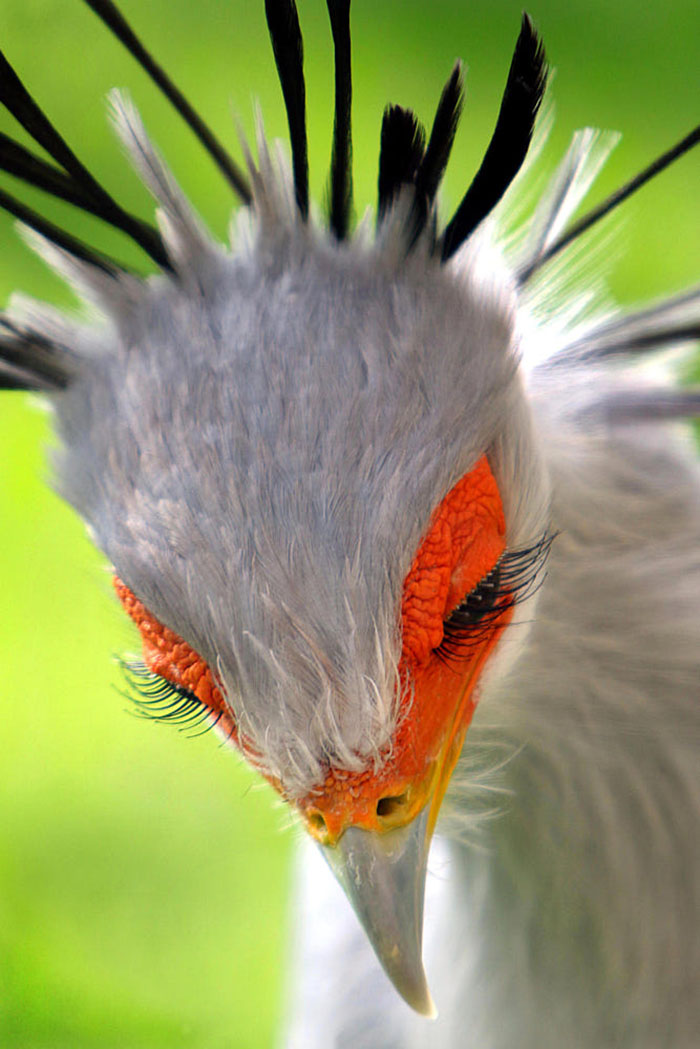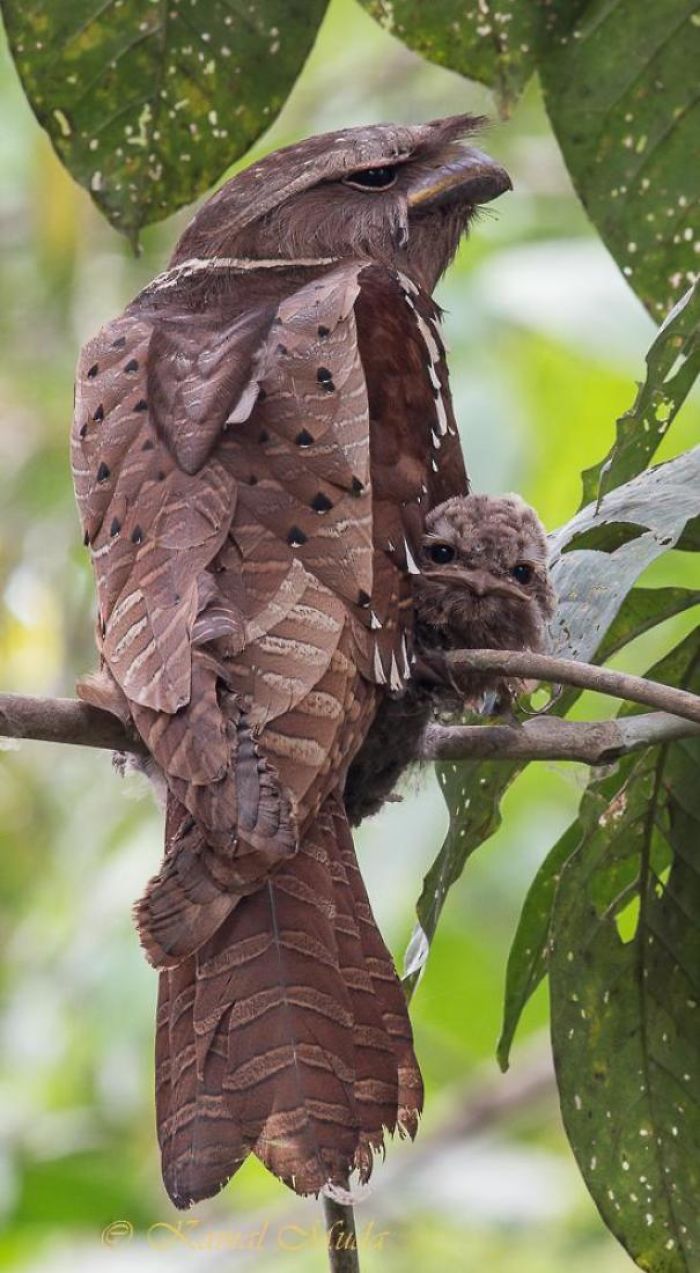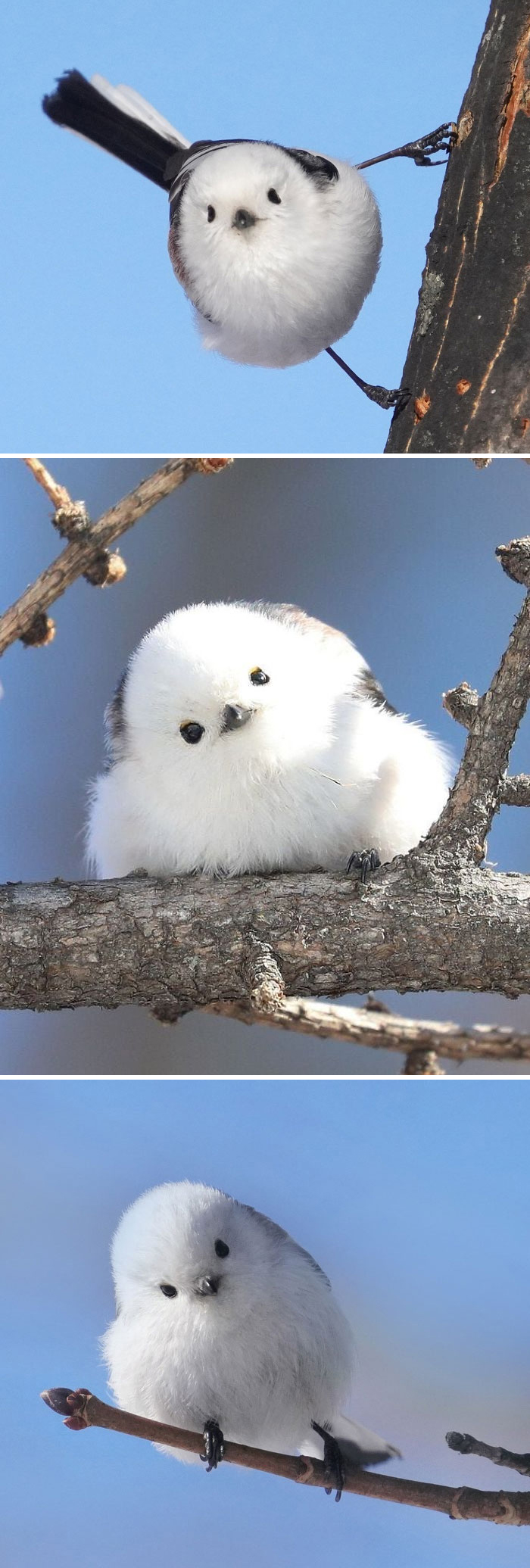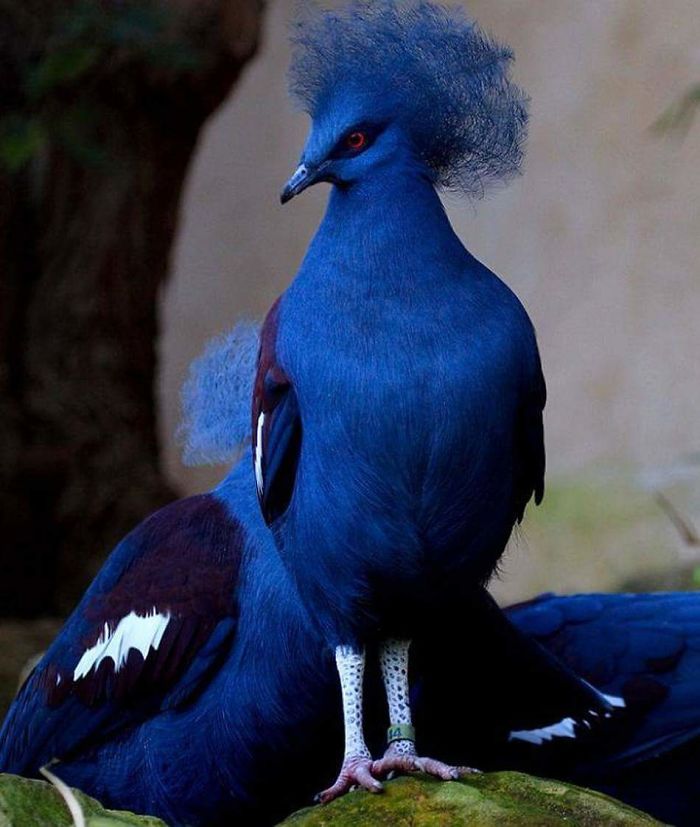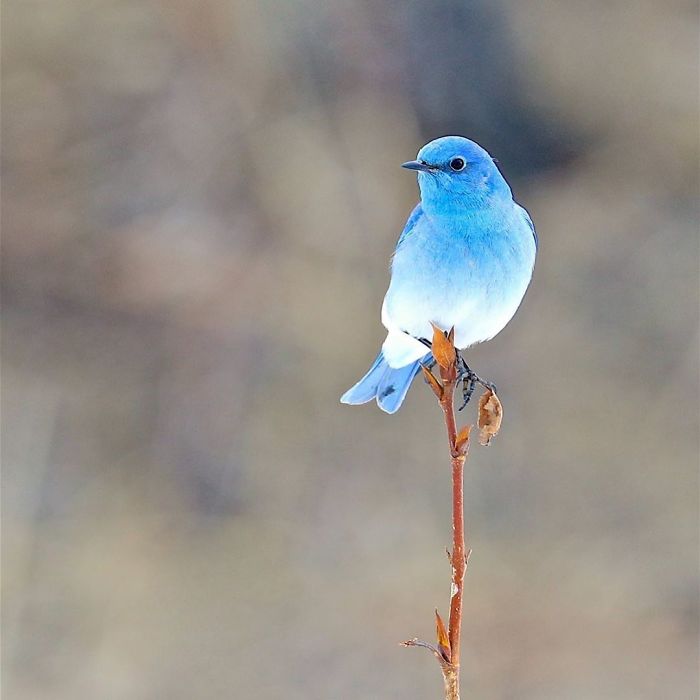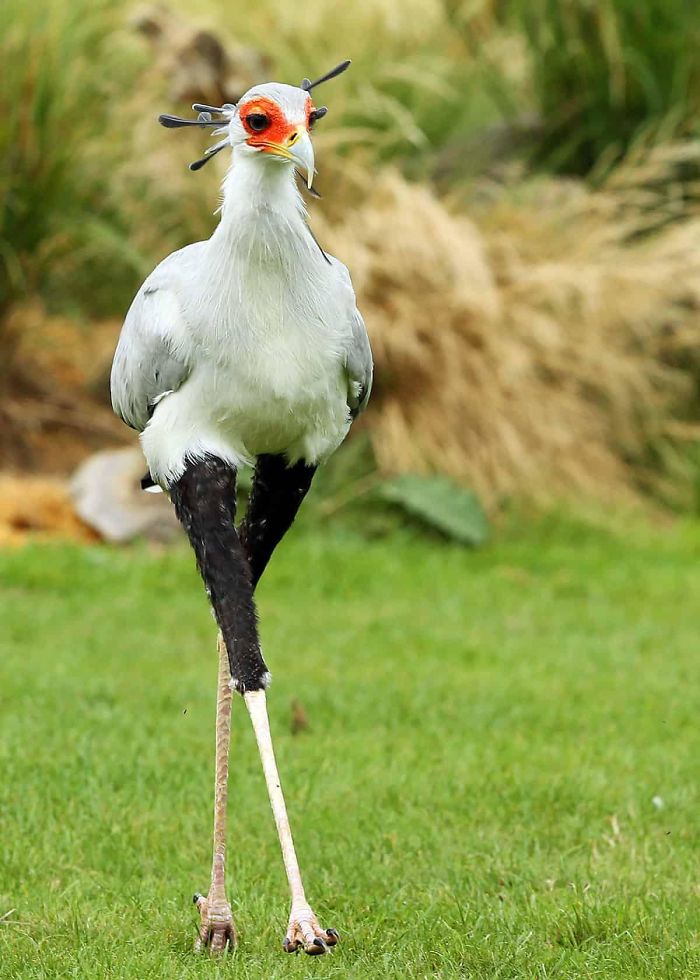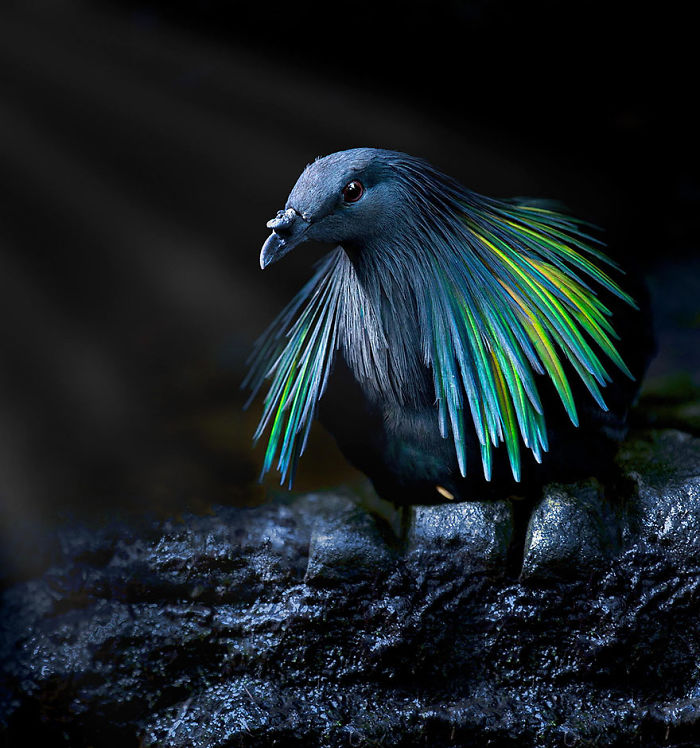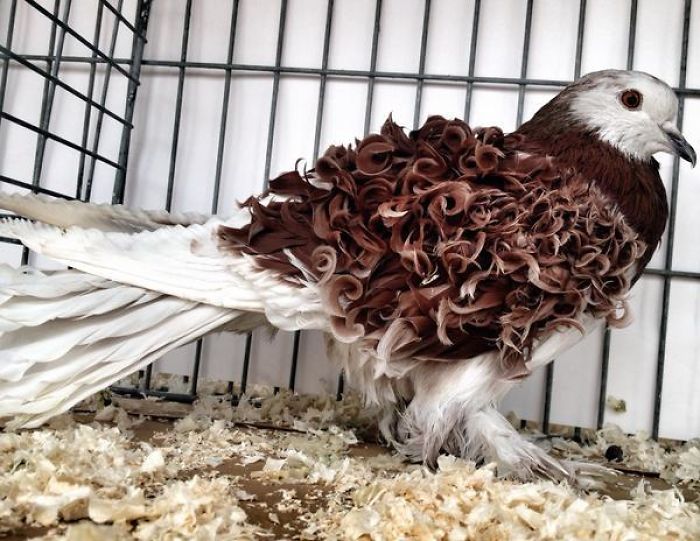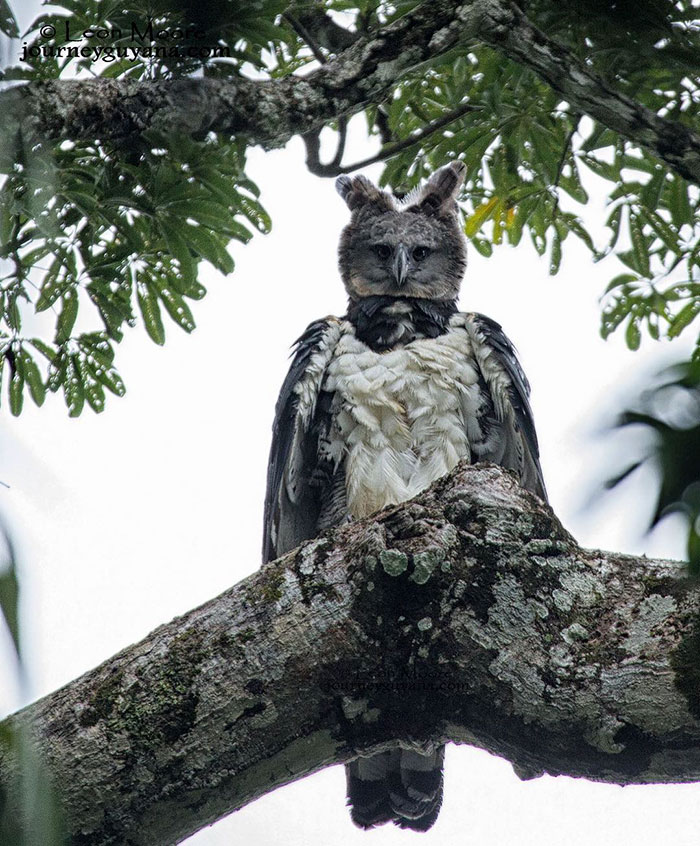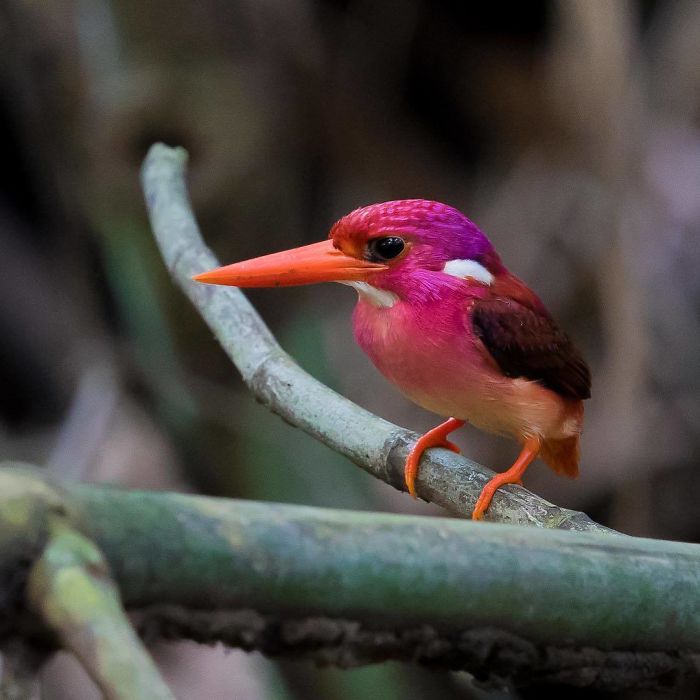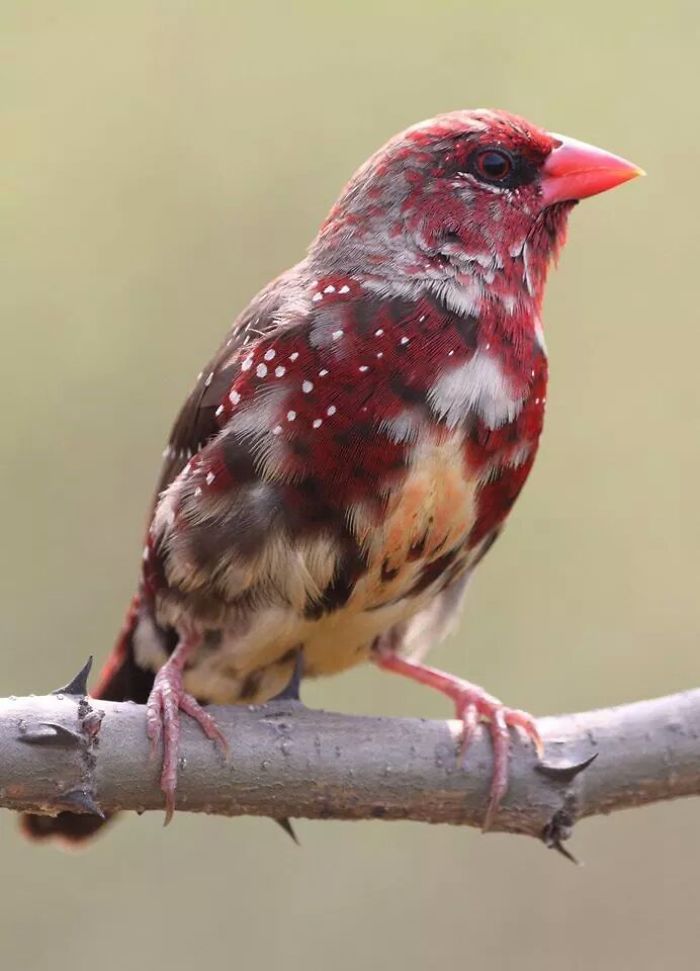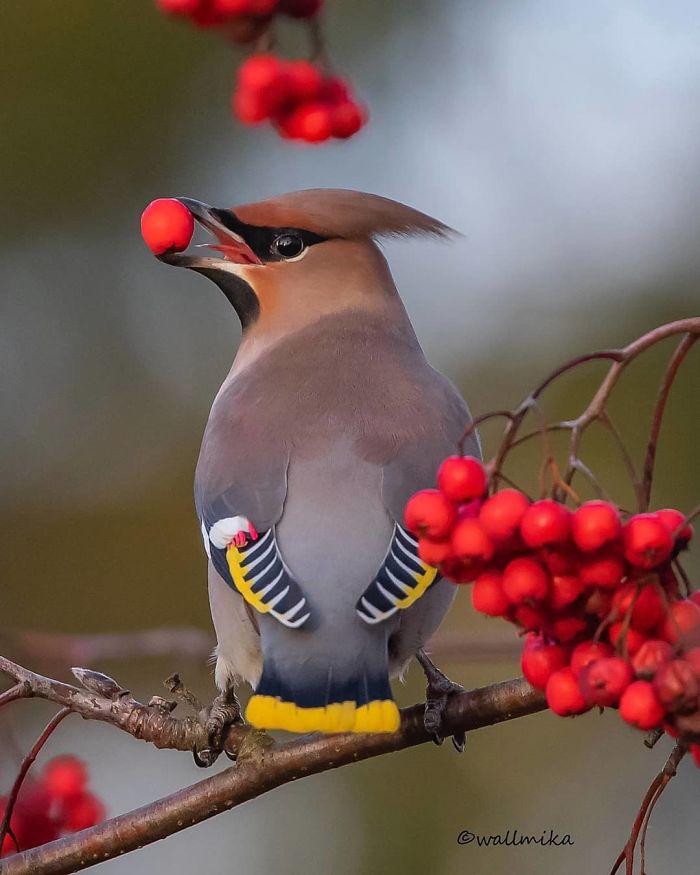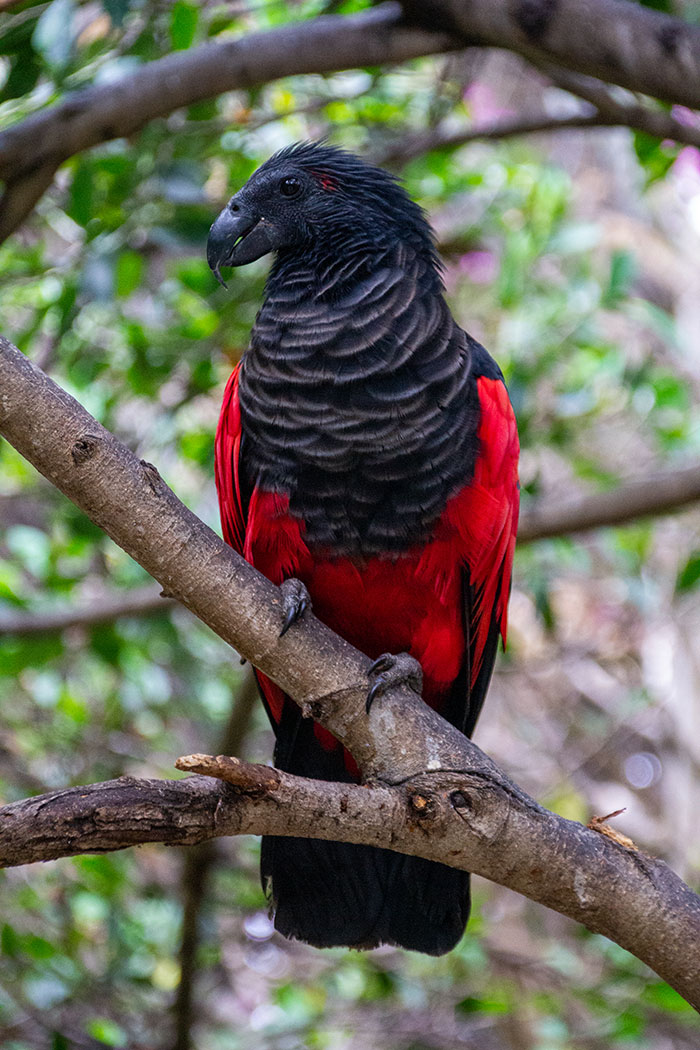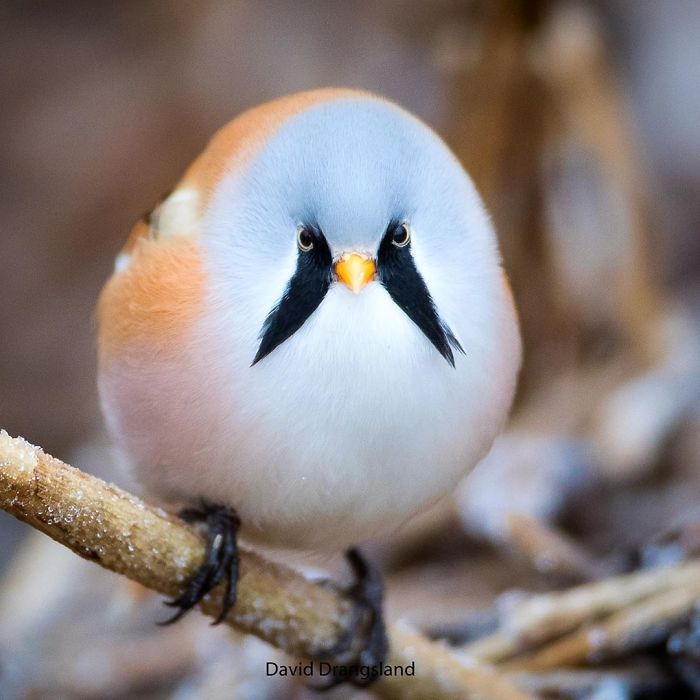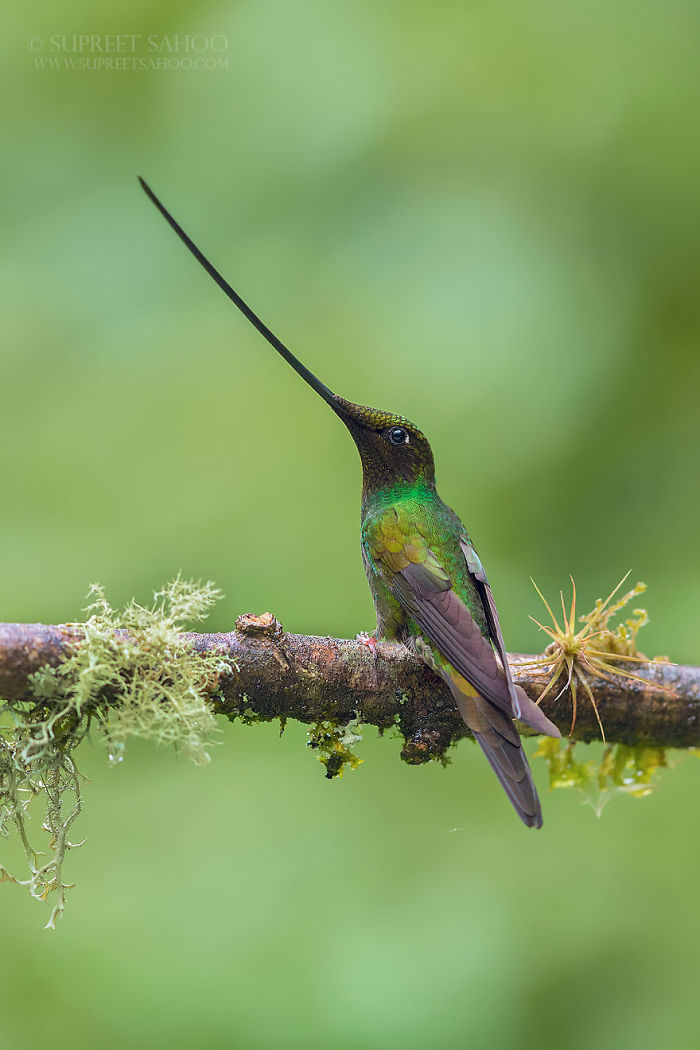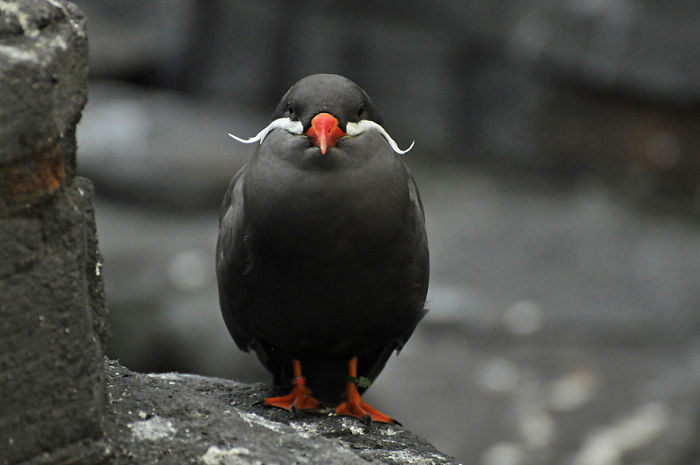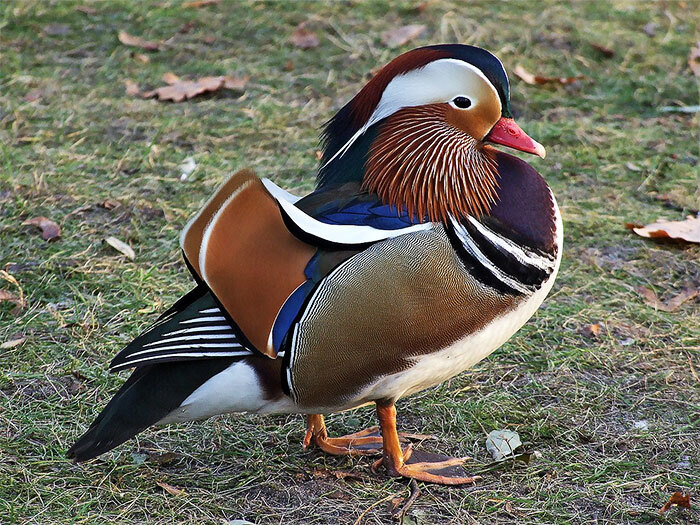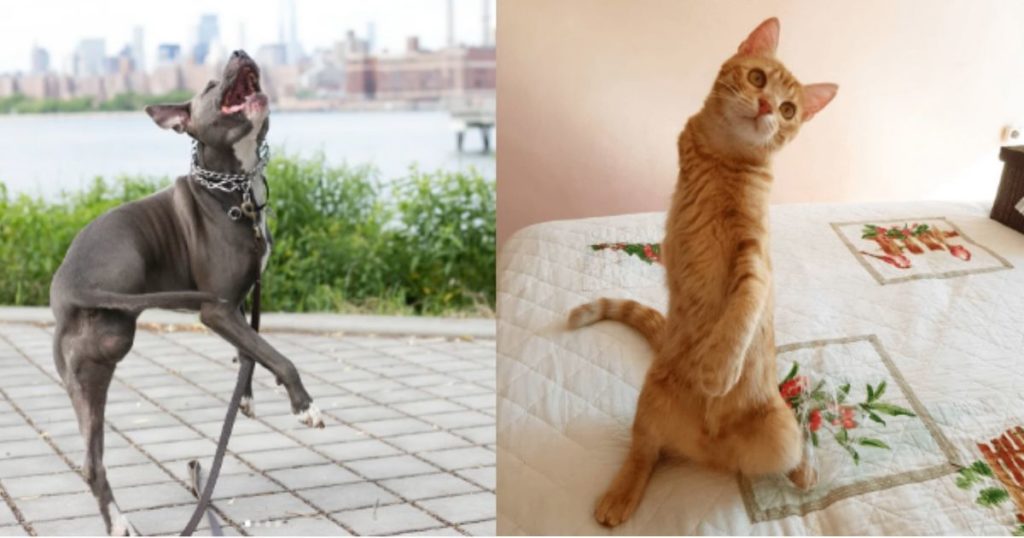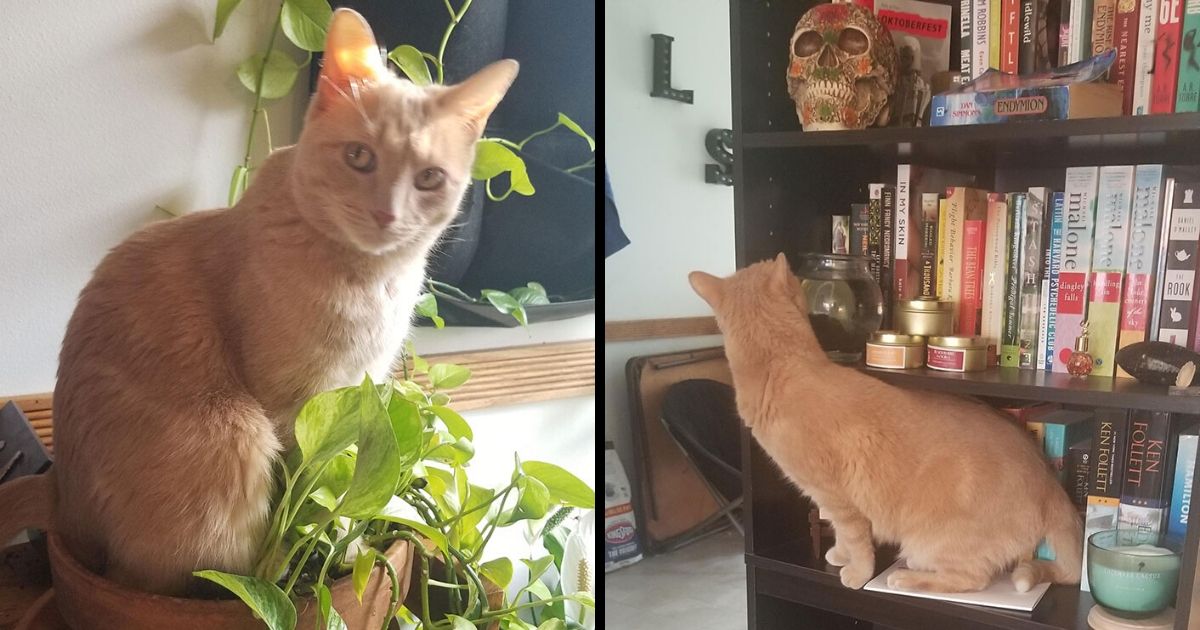Most flying bird watchers and researchers express that there are roughly 9,000 to 10,000 species of birds. One of the fundamental ways to distinguish them is physical appearance and once you begin looking nearer, it becomes obvious that birds come in numerous shapes and colors. What’s more, some are totally drop-dead dazzling. From those with extraordinary eyelashes to the ones that appear as though little cotton balls, keep looking over and look at probably the most lovely birds from around the globe.
#1 The Secretary
Understanding the contrasts between bird plumages is fundamental to each and every individual who needs to identify them. The term refers to a flying creature’s quills, including the shading and pattern those feathers produce.
birds have created many-sided plumages because of different aspects, including assurance from predators, by means of cover, and imparting sexual signs to potential mates. birds generally lose and replace their feathers at any rate once per year through shed and regrowth.
Each feather on a winged animal’s body is a finely tuned structure that serves a significant job in the bird’s activities, Mya Thompson, the co-executive for Engagement in Science and Nature for the Cornell Lab, composed. Feathers permit birds to fly, yet they likewise assist them with flaunting, mix in, remain warm, and keep dry.
#2 Malaysian
A few feathers advanced as specific airfoil for effective flight. Others have been molded into extraordinary ornamental forms that make impressive shows yet may even hinder mobility. Regularly we can promptly tell how a feather functions, however now and again the job of a feather is mysterious and we need a logical study to fill in the image,” Thompson clarified.
A genuine case of one of these mysteries is feather tufts on the heads of Great Horned Owls (Bubo virginianus) which are frequently mistaken with ears. These adjusted contour feathers are totally independent of the ear and don’t enable owls to hear, yet researchers can’t clarify the function of these tufts. Some think the horns are for show, others recommend that owls use them for progressively complete camouflage while roosting in the sunshine, however, nobody knows without a doubt.

